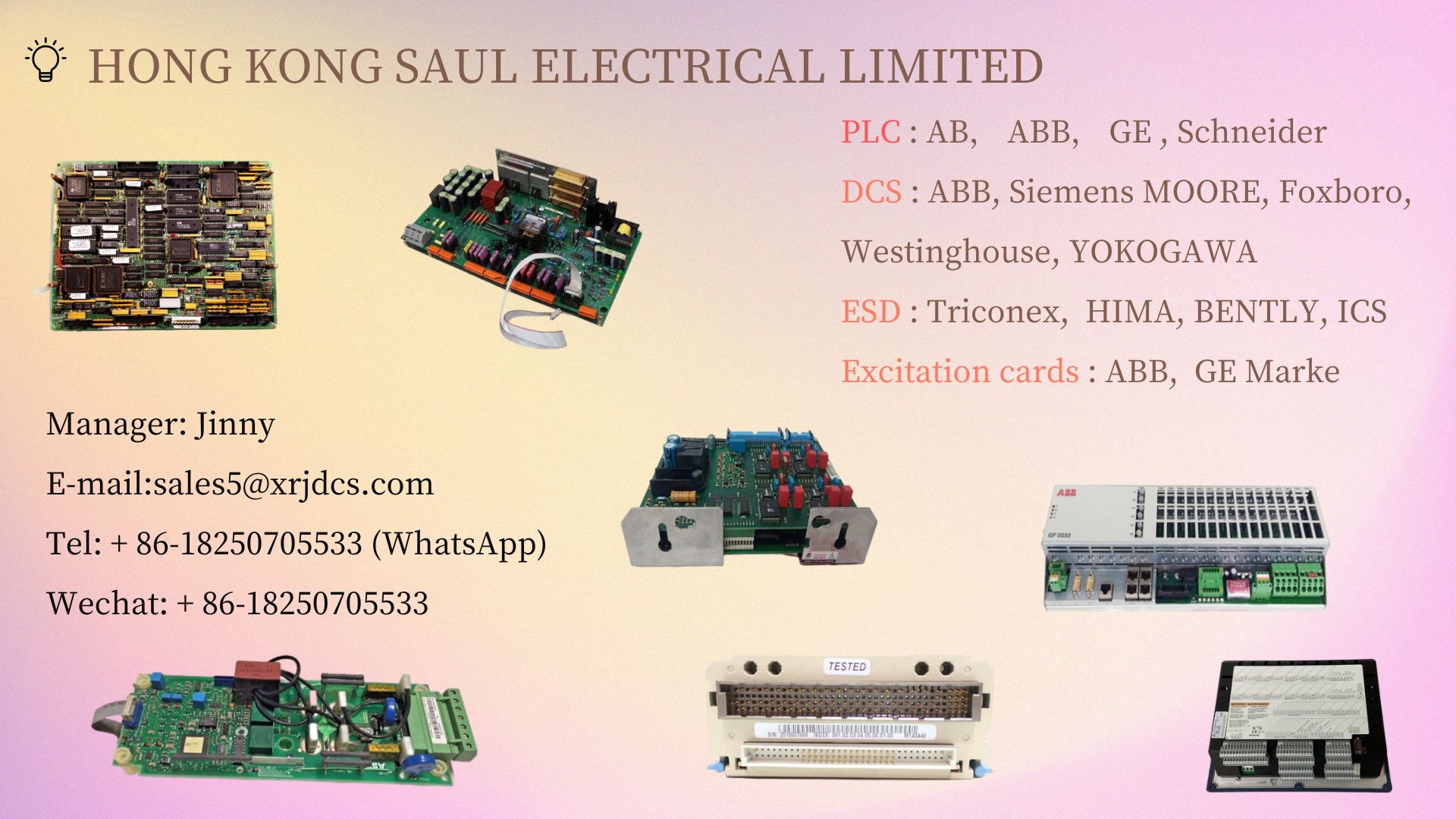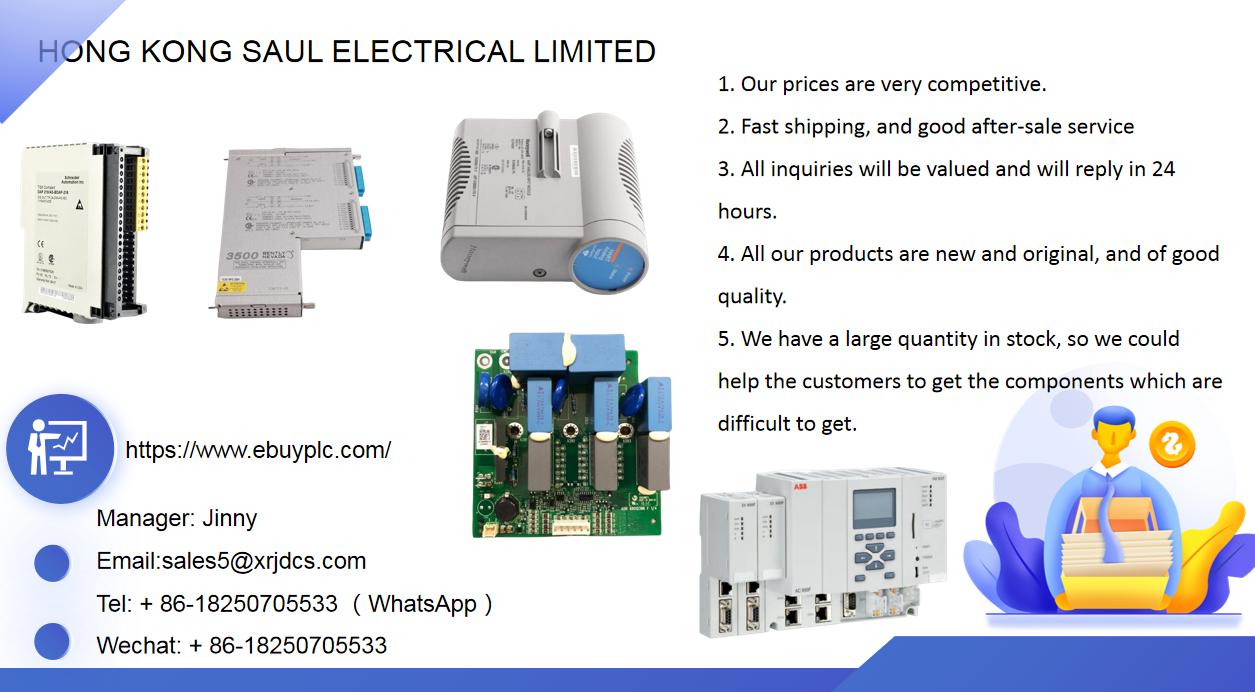0102030405
What are the rules of PID regulation settings
2023-12-08
PID is based on P. P is the amplification of negative feedback control. Negative feedback control is an amplifier. The output of the amplifier enters through the feedback circuit and then compares it with the set value of the input. This difference is used to control the change of output quantity, PID is to solve some negative feedback is difficult to solve the problem. For example, negative feedback control of the P amplification is too large, then it will overshoot the oscillation.
Another problem, the negative feedback value and the set signal value, the two values of the signal direction is opposite, if the set value and the negative feedback value is about the same time the difference will be equal to zero, equal to zero after the amplification out will oscillate a lot. And PID is the improvement of negative feedback, the use of integration to little by little close to the set value, but there is a premise, your P to do quite, this scale factor P to appropriate, when the output oscillates in a limited range, P can be.
And then add I. I will definitely reduce this oscillation after adding in. The oscillation will become smaller and smaller, and finally stabilize. the smaller I is the greater its control strength, so I is slowly added from large to small. the larger P is the greater the control strength. It does not matter whether the general control D is added or not.
When to add D, at the time of the start slowly tuned when the reaction is very intense at once up and then in the down swing. If the rise is too fast when you have to add D, D can inhibit it to rise at once, another situation is to add P and I when there is still oscillation, this time can be appropriate to add some D into.









